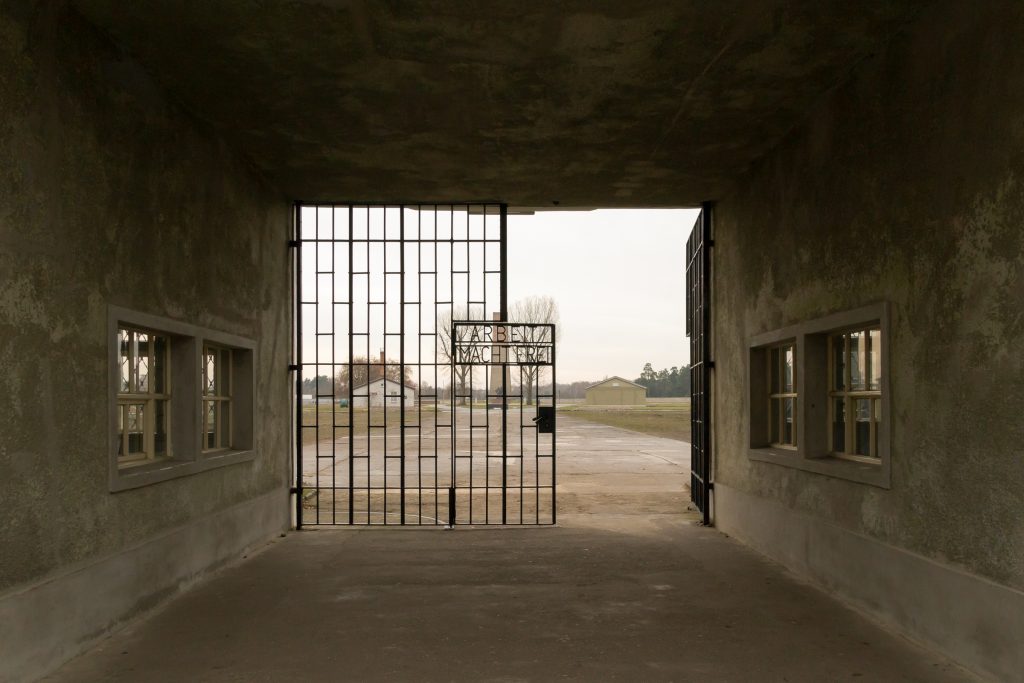Silvia Maggi, LSP former student, exhibiting at Retina Scottish Photography Festival
Tags: Awards, Exhibition, Photographer, photography, Student
Awards, Exhibition, Photographer, Photography, Student

“Ever since my uncle gifted me with a compact film camera, in my early teens, I have always had a camera with me.
Photography became increasingly important for me, transitioning from a way to document holidays to a way to express myself, particularly during difficult times. Read More
